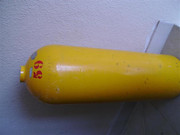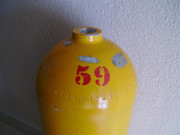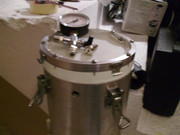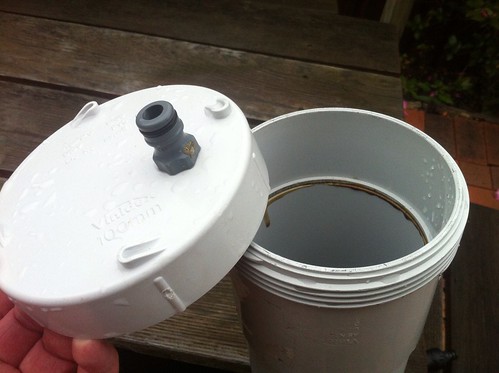Doc Ed
Newly Enlightened
My more circuitous method for calculation is converting PSI to ATM (14.7 PSI = 1 ATM) then correlating every ATM of change to 10 meters change in depth (1 ATM of change = 33 feet). Another on-the-fly calculation is converting meters to feet... these conversions are something familiar to most divers who have to deal with gauges in either imperial or metric values.
Last edited:
































